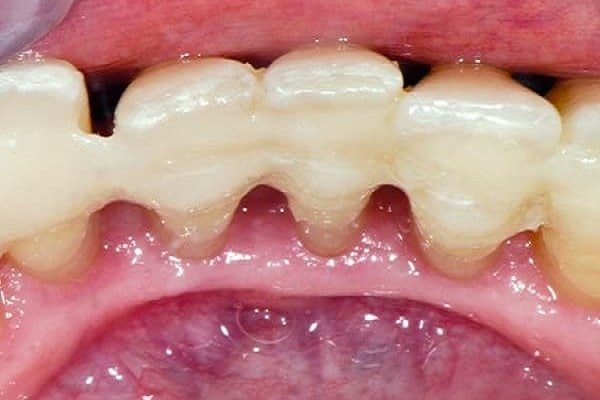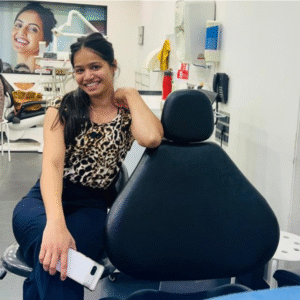We Use Kevlar Material For Stabilizing Mobile Teeth
Kevlar is the same material that is used for manufacturing Bullet Proof Jackets and High End car and airplane tires


Teeth Splinting Therapy (Perio-splint) is regarded as an integral part of periodontal therapy because it is used to maintain periodontally migrated teeth that have been repositioned and also used before periodontal surgery to stabilize mobile or moving teeth during postsurgical healing as such stabilization creates a more favorable environment for periodontal repair.
Splinting is the dental procedure used to join two or more loose teeth together in order to evenly distribute the biting forces amongst all teeth. Splinting is used to stabilize mobile teeth and to prevent drifting or tipping. Usually splinting of teeth is done to immobilize mobile teeth following a dental trauma.
These are the splints which are bonded to the outer surfaces of the teeth to hold and stabilize the teeth together.
These splints function through creation of small channel into the teeth and passing a preformed custom made metallic splint through it, which is then bonded or cemented together in place to hold the teeth together.
It permanently fixes the mobile teeth together by crowning all mobile teeth.
Occlusal splints are used to protect the teeth from excessive biting forces in individuals with parafunctional habits like grinding and clenching.
Moreover it is extremely important to take proper care once splinting is completed in order to maintain stability of teeth. Avoid biting too hard on the splint and consume soft diet to prevent any splint breakage. It is also necessary to maintain a good oral hygiene with regular brushing to prevent accumulation of tartar formation near the splints. Contact sports should be avoided until advised.
Perfect Dental® is the best dental clinic in Jamnagar and our team of specialist doctors is highly skilled and experienced best dentists in Jamnagar. We have a highest success rate of 97%.

Dr. Chandani
Doctor
Dr. Chandani
Hey, how can I help you today?
Powered by Elementor